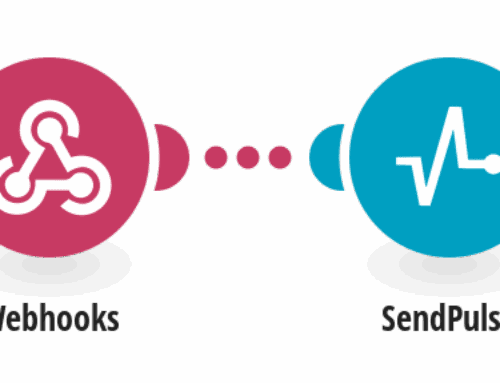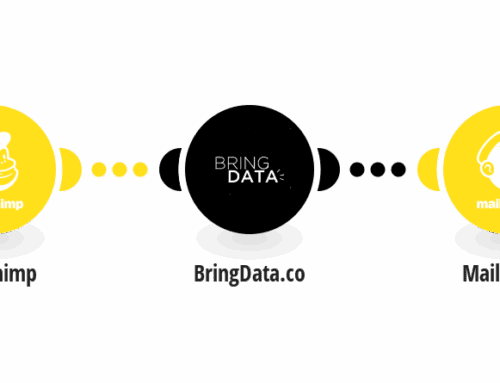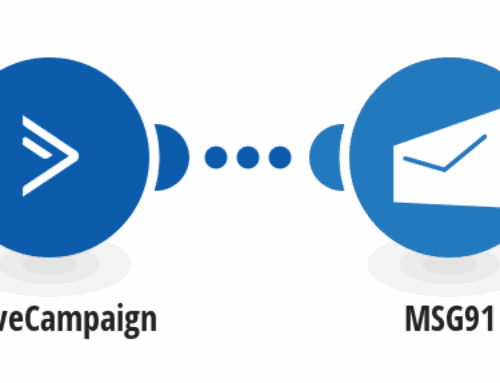Advertising through Google isn’t only aimed towards big companies with worldwide reach. This sector of online marketing offers the possibility of reaching a wider audience with a limited advertising budget, especially for small and medium-sized companies and freelancers. Google is the leader in search engine advertising (also known as SEA). Through Google AdWords, you have the opportunity to manage your advertising campaigns and create multimedia ads through Google’s Display Network.
Ad Bidding
Google will decide which ads are appropriate for the relevant search terms, according to the ad bidding that will take place each time an user introduces a search term or accesses a website that is a member of Google’s Display Network. It’s during this auction procedure when your ad’s position will be determined, which will be decisive to know if an ad will be visible and what will be the order in which ads will appear in a page. The main factors to determine how these ads are classified is the ad’s bid and its quality level. The range of ads display with the search results will also be influenced by extensions of optional advertisements.
Bid per Ad
With the bid per ad, the advertiser indicates how much he or she is willing to pay for an ad in either the search engine or the Display Network. Real cost for AdWords tend to be lower than the advertiser’s bid.
Quality Level
The quality level is a reflection of the ad’s and linked page’s importance or relevance to the search engine user or a partner’s website visitor. This level is measured with values ranging from 1 to 10 and you can access them through an AdWords account. A high quality level helps reduce the ads’ overall cost.
Ad Extensions
You can add text ads in the form of optional elements such as phone numbers or links to subpages, which are known as ad extensions. In case the AdWords system discovers that a certain extension increases an ad’s performance (thus increasing its value to the user) such evaluation will end up affecting the ad’s positioning.
Costs
To calculate the price of a Google Adwords campaign you can select three strategy offers. In this regard, advertisers are able to choose if they want to place the focus of their campaign in clicks, impressions or conversions.
Cost per Click (CPC)
In cost per click (CPC) strategies, advertisers only pay when users click on their advertisements. In order to do this, you must set a maximum CPC bid. How much you bid for each click can be lower than the maximum CPC based on the ad’s quality. Generally, Google’s advertising calculation, as well as other search engines, is done according to the cost per click (or pay per click) model.
Cost per Thousand (CPM)
If an advertiser choose the cost per thousand option for Google’s Display Network campaigns, the costs will depend on the amount of impressions. With the maximum CPM, advertisers set the highest amount they are willing to pay for 1000 impressions or visits. This second strategy is only available for campaigns in Google’s Display Network.
Cost per Acquisition (CPA)
In this case, the specific actions to be taken are centered around getting visitors to the linked page after they click an announcement. The CPA bid allows advertisers to set the price they are willing to pay when such actions take place. This model is recommended for clients who have experience with the Google AdWords tool and want to increase their website’s conversion rate.
AdWords campaigns are based on individual daily budgets so advertisers can have exhaustive control of their expenses and ads will be visible until the budget has been spent.
In order to get started with Google AdWords and Ad Bidding, contact 4Spot Marketing today. You can email us at Info@4SpotMarketing.com or call us at 702-721-9763. We offer a free consultation to determine what approach will serve your company best.








